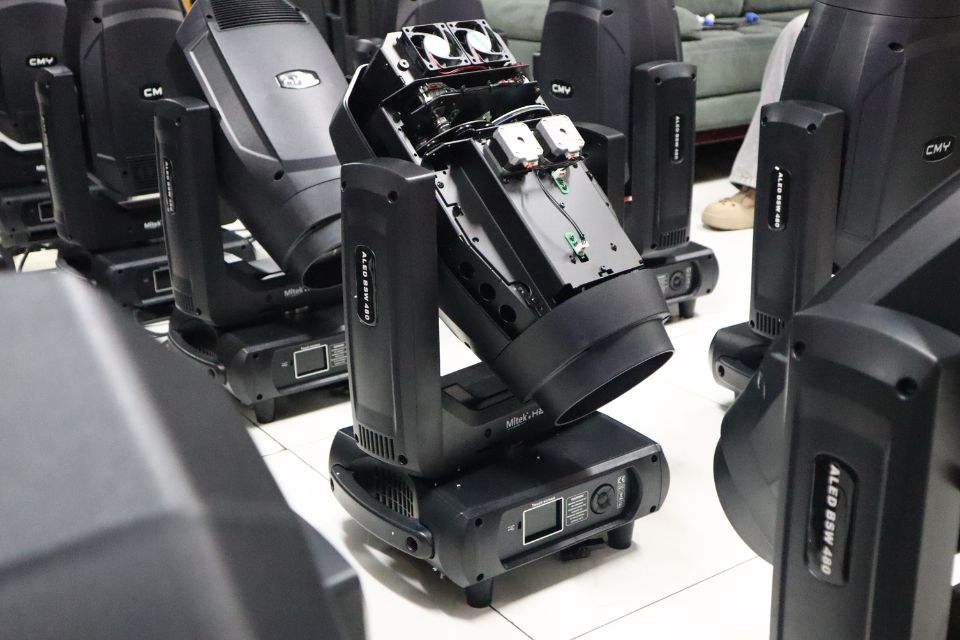Discover how an automatic lighting control system works, its core components, and how it enhances lighting performance in modern venues and buildings.
Introduction to Automatic Lighting Control Systems
An automatic lighting control system integrates hardware and software designed to manage, control, and optimize lighting performance across venues, buildings, or stages. Instead of manually operating lights through a control desk, this system allows lighting scenes to run automatically based on time triggers, music cues, or environmental sensors.
Core Components
A professional lighting control system typically includes the following:
- Central controller: The core device that sends control signals to all lighting fixtures. It may be a DMX console, lighting software, or a network-based control processor.
- Communication protocol: Standards like DMX512, Art-Net, and sACN transmit control data to hundreds of fixtures over signal lines or IP networks.
- Sensors and timers: Trigger lighting changes based on motion, ambient brightness, or specific time schedules.
- Intelligent fixtures: Moving heads, LED PARs, beam, wash, and profile lights that receive data and automatically adjust intensity, color, or beam angle.
How It Works
The system operates through pre-programmed lighting cues. When a trigger occurs - such as the start of a show or a sound cue - the controller sends DMX or Art-Net data to all connected fixtures. Each fixture reacts according to its assigned channel values, allowing seamless, synchronized lighting transitions that match the show’s timeline.

Benefits and Practical Applications
Automatic lighting systems enhance precision, consistency, and energy efficiency. They reduce human error, minimize manual workload, and create a visually compelling experience. In architectural environments, automatic dimming helps conserve energy while maintaining optimal illumination.
Conclusion
Adopting an automatic lighting control system is a crucial step in modern lighting design. With its ability to synchronize, automate, and optimize lighting performance, this technology has become an industry standard in both stage production and smart building management.